SYLVAN (publication)
SYLVAN (three works about holding and trees) is a short collection of works where visuals accompany the words and words expand the visuals. Exploring holders, forests and storytelling, the book features an essay and two speculative fiction short stories alongside new marbled paper collage series , photographic documents of zoological specimens and film stills from two European forests.
210 x 250mm, 56 pages, Colour printing, Coil bound, Card cover, Ed. of 100, 2024
Designed by Parlez Boutique
Available from Good Press, Street Level Photoworks and Burning House Books (all Glasgow).
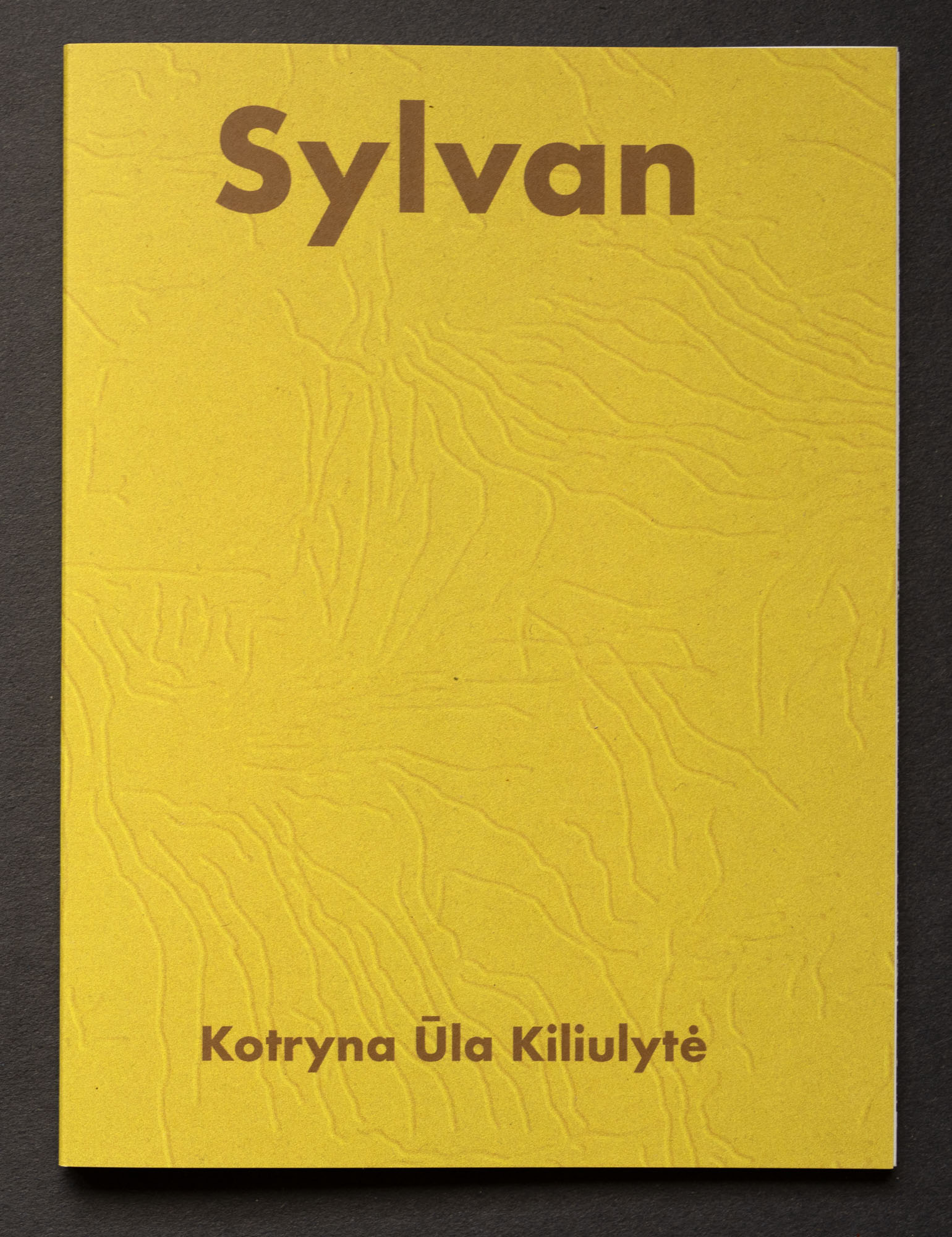
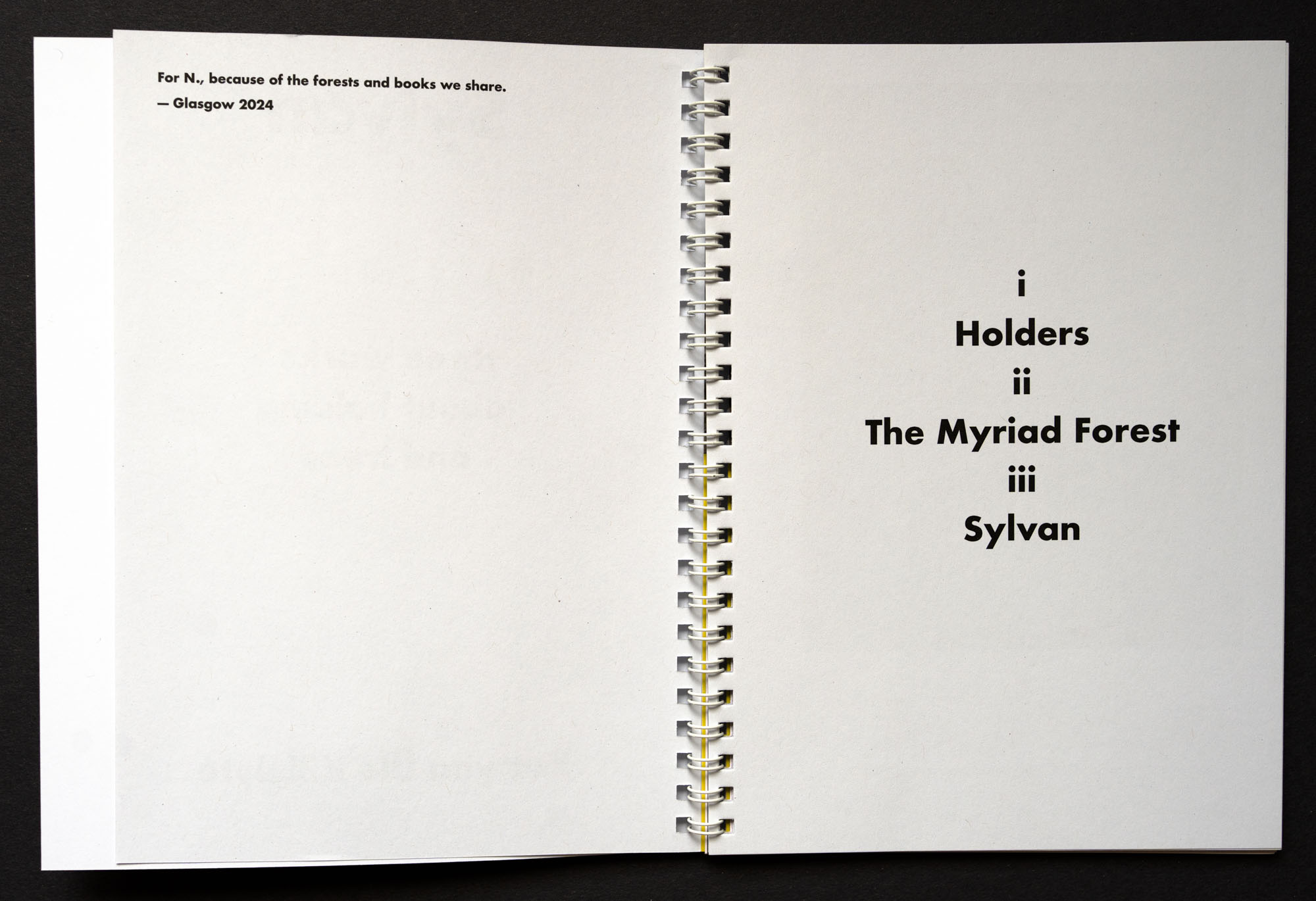
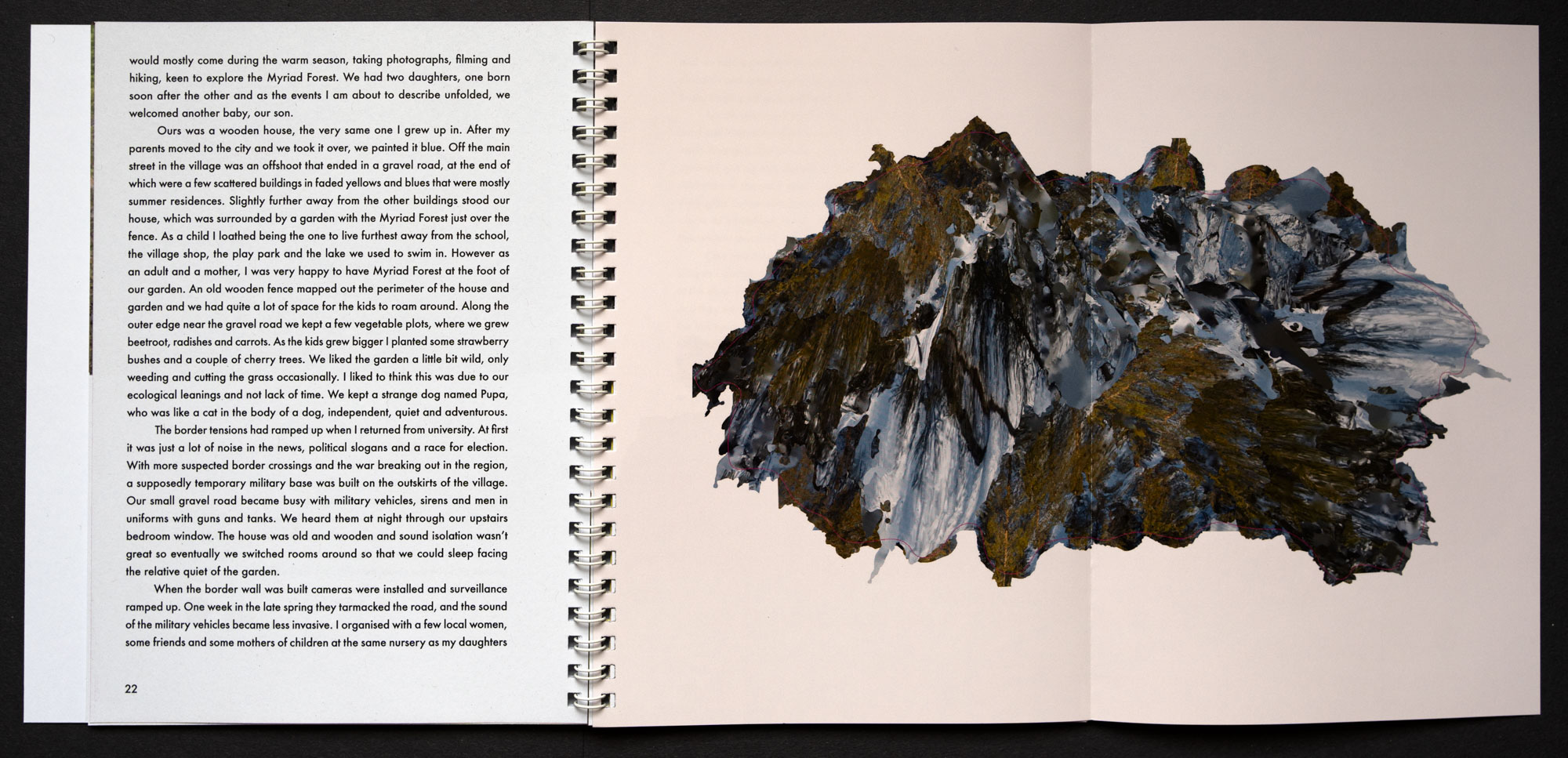
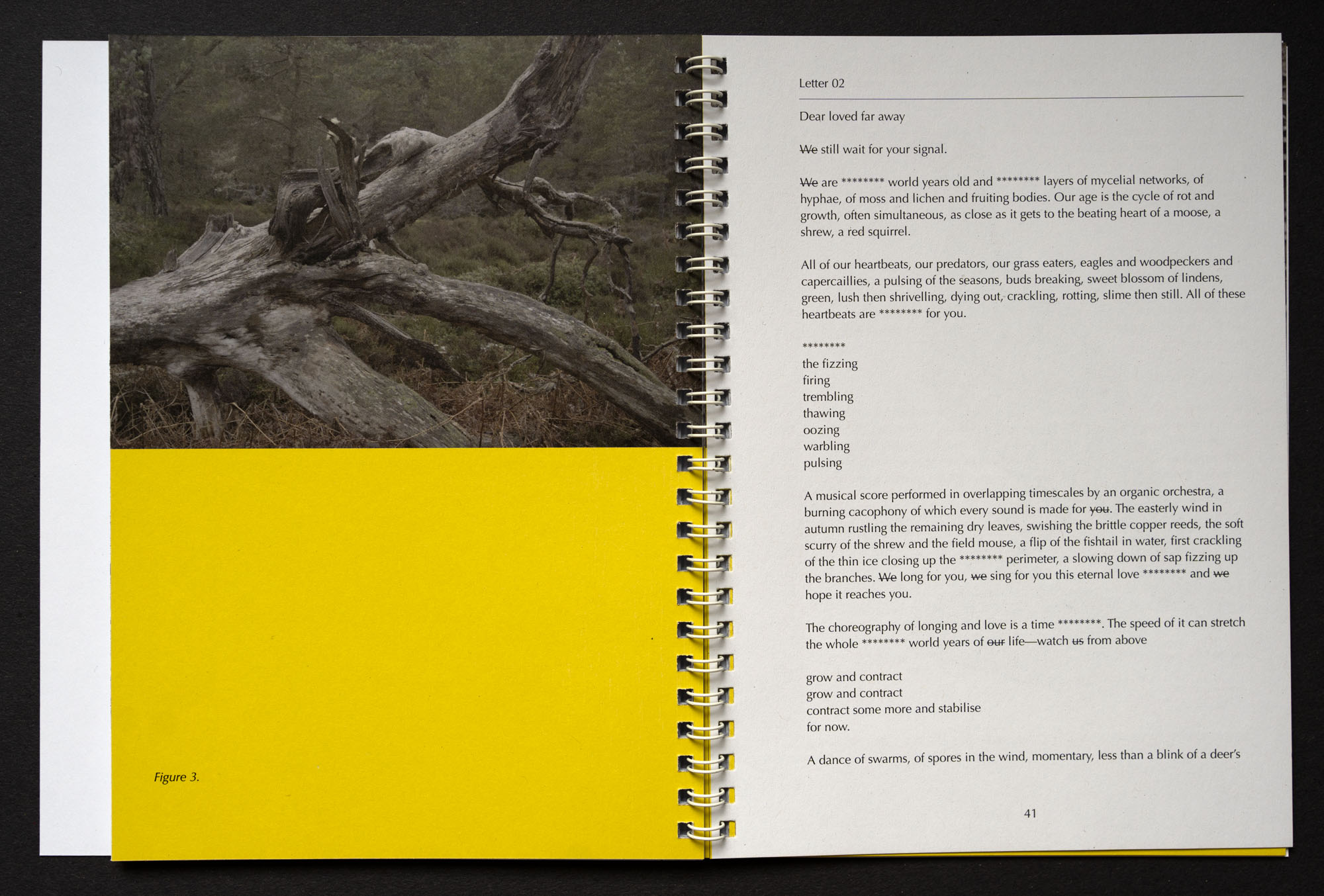
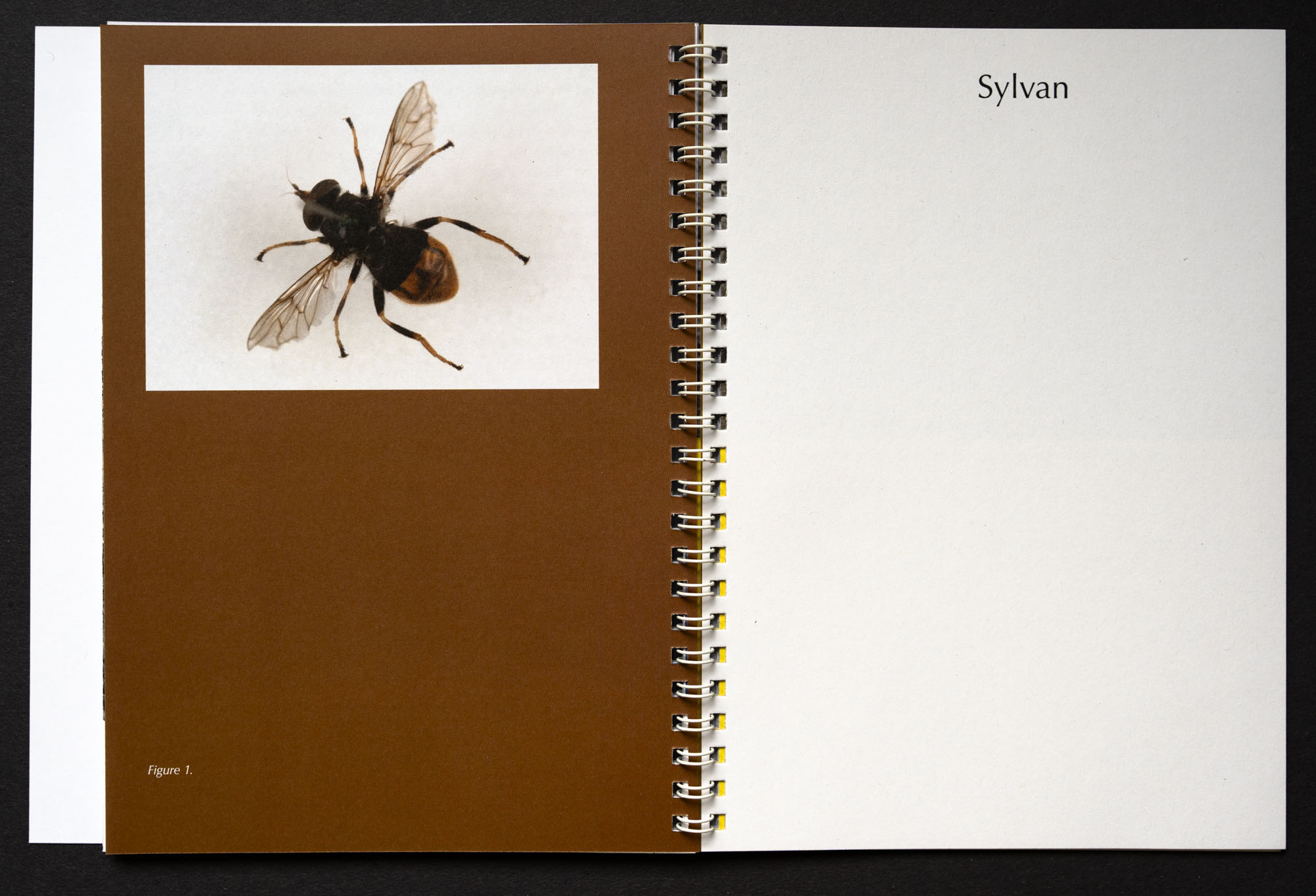



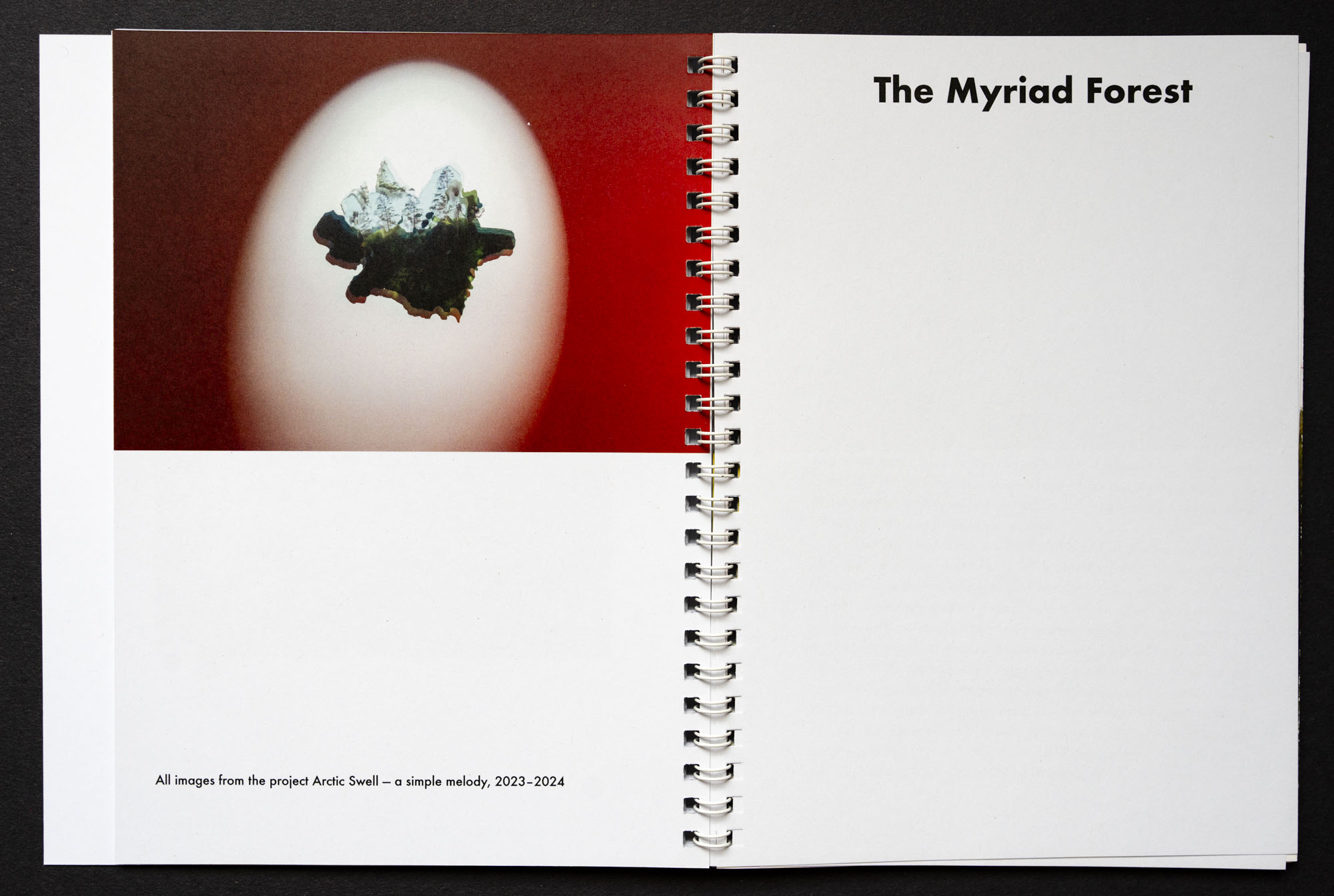
Forest objects
Glasgow International 2024Street Level Photoworks Glasgow
7 June- 4 August 2024
Forest objects- new works presented as part of Arctic Swell - a simple melody solo show for Glasgow International.
More information coming soon.
Supported by Creative Scotland and Lithuanian Culture Institute.
Documentation pictures: Tiu Makkonen (Street Level Photoworks).
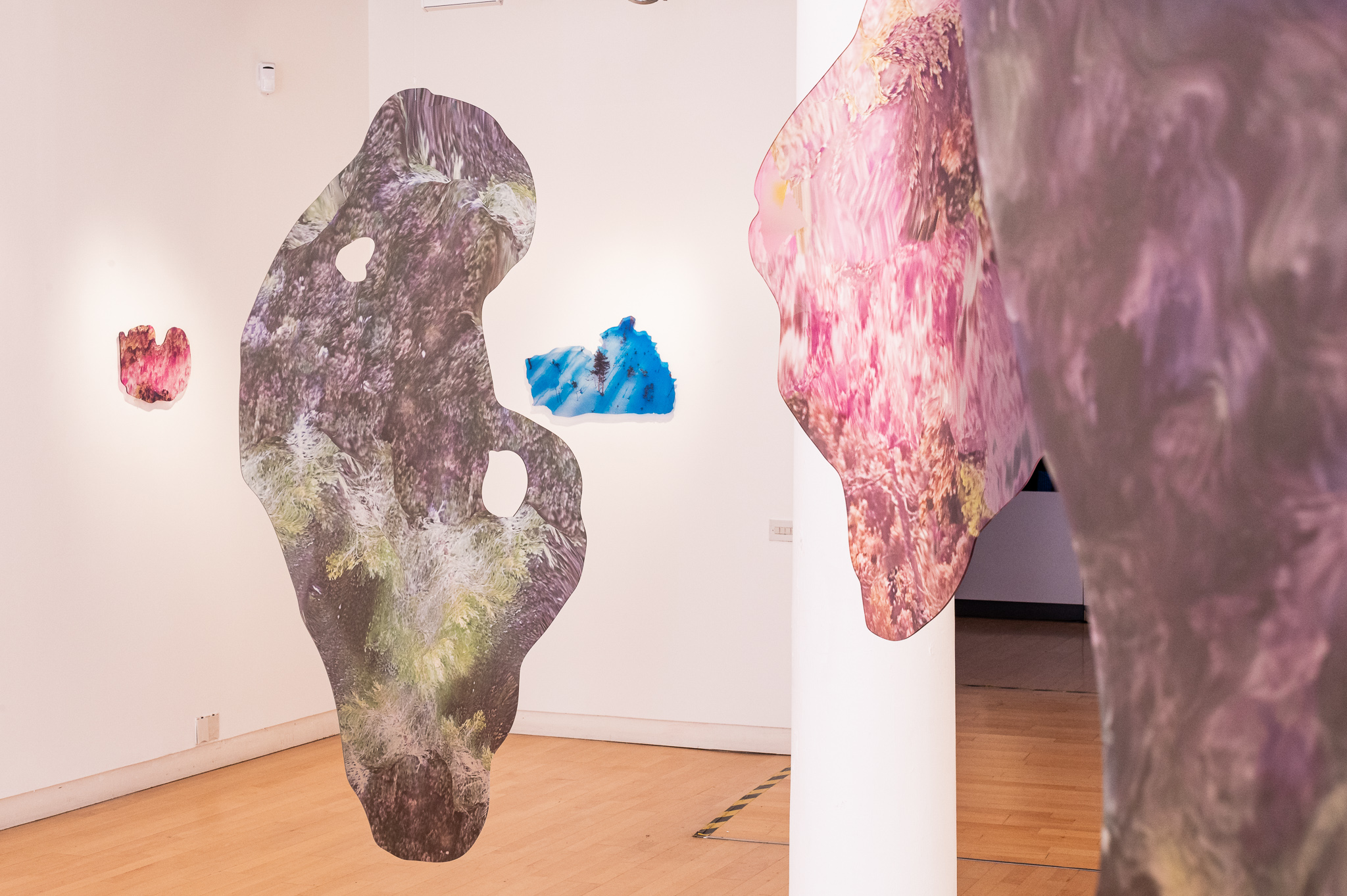
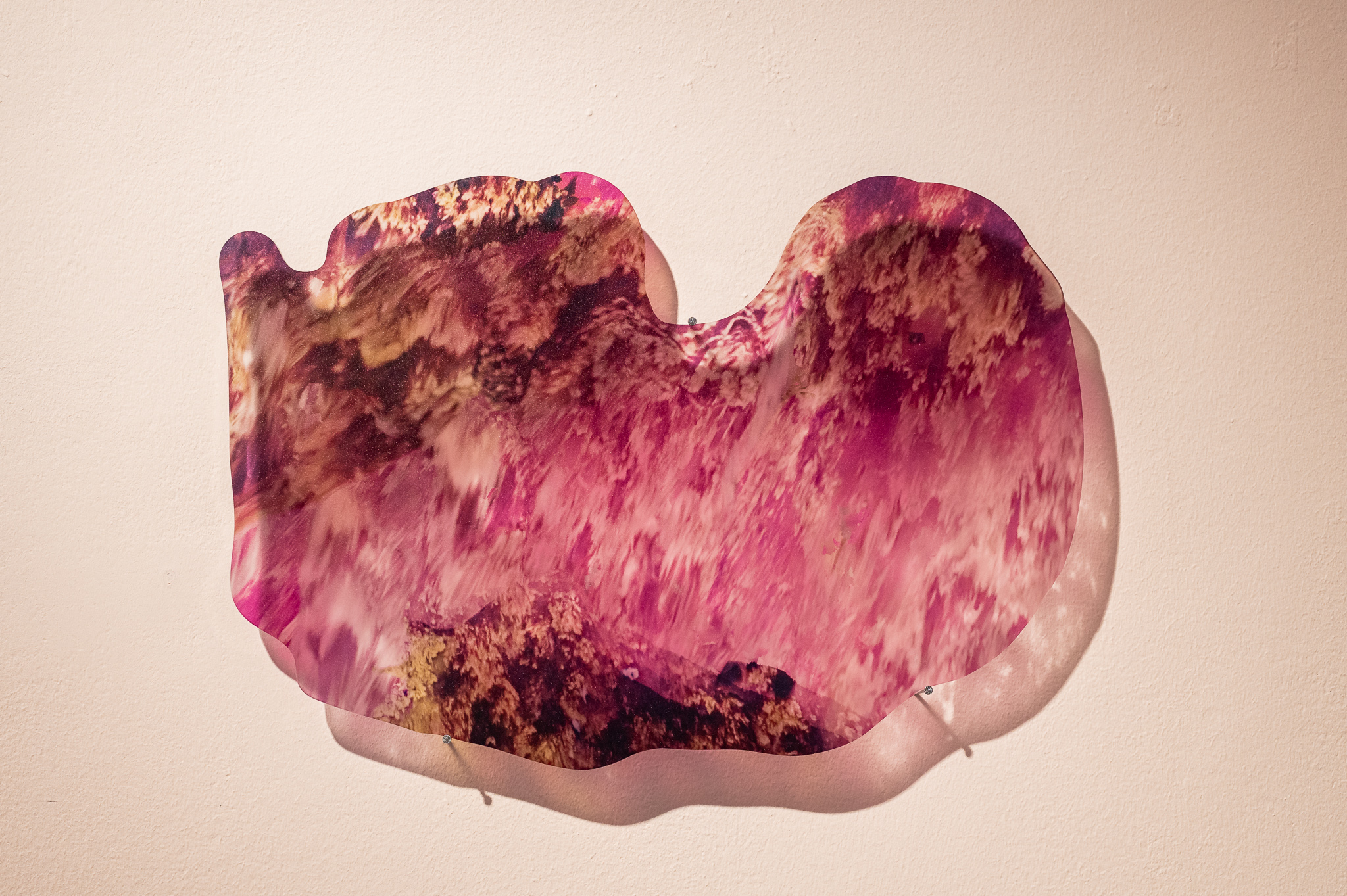
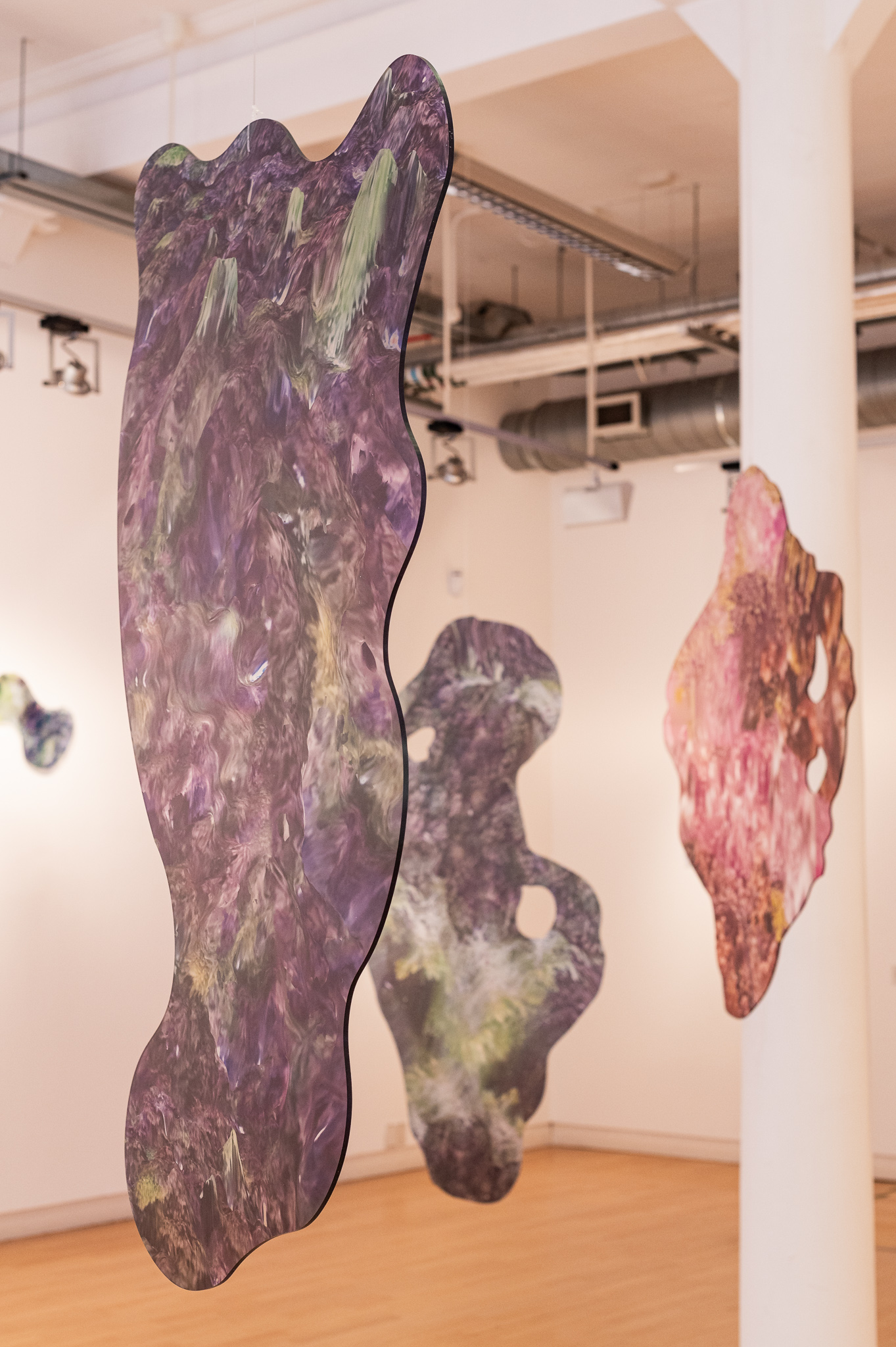
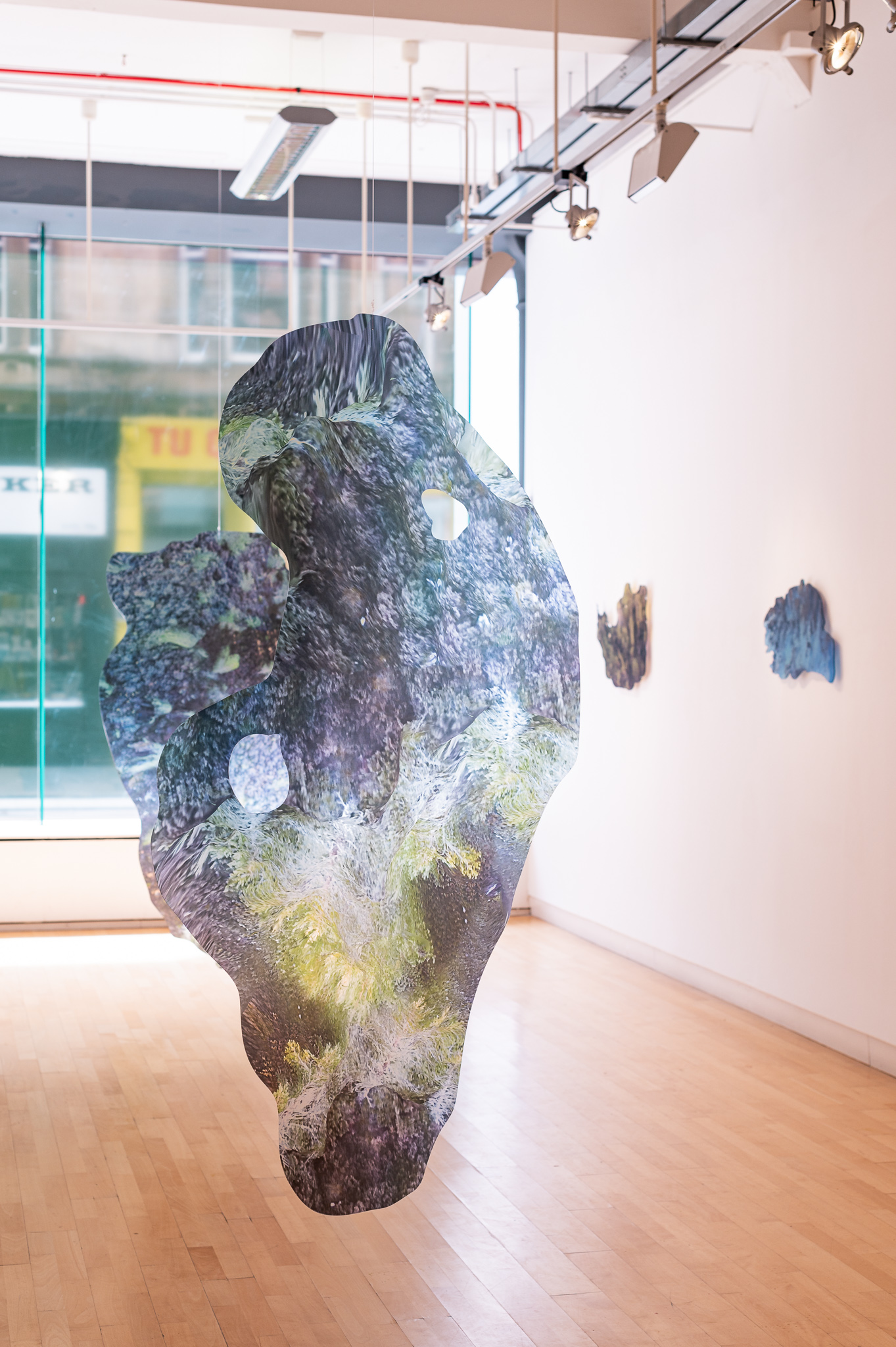
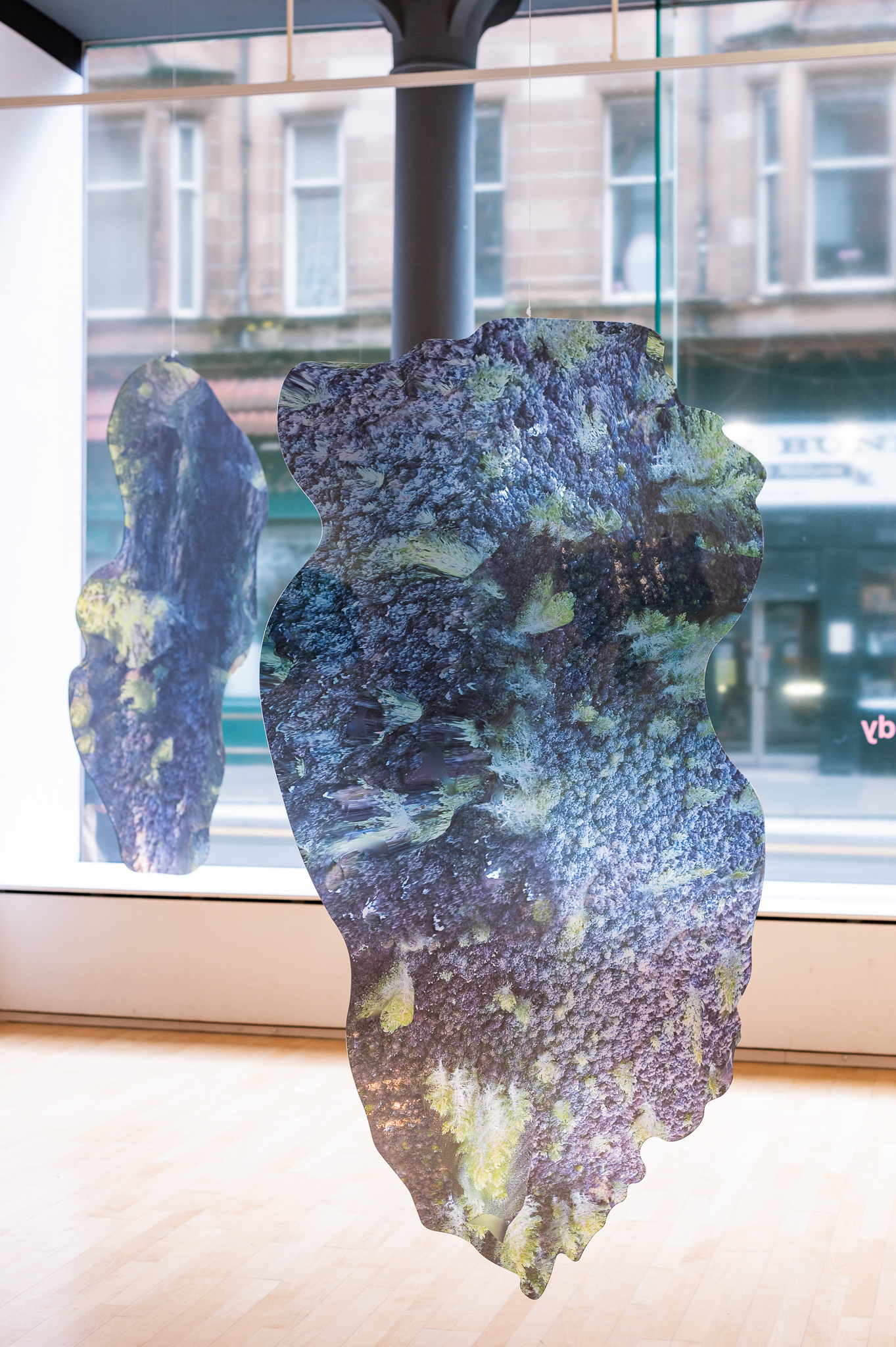
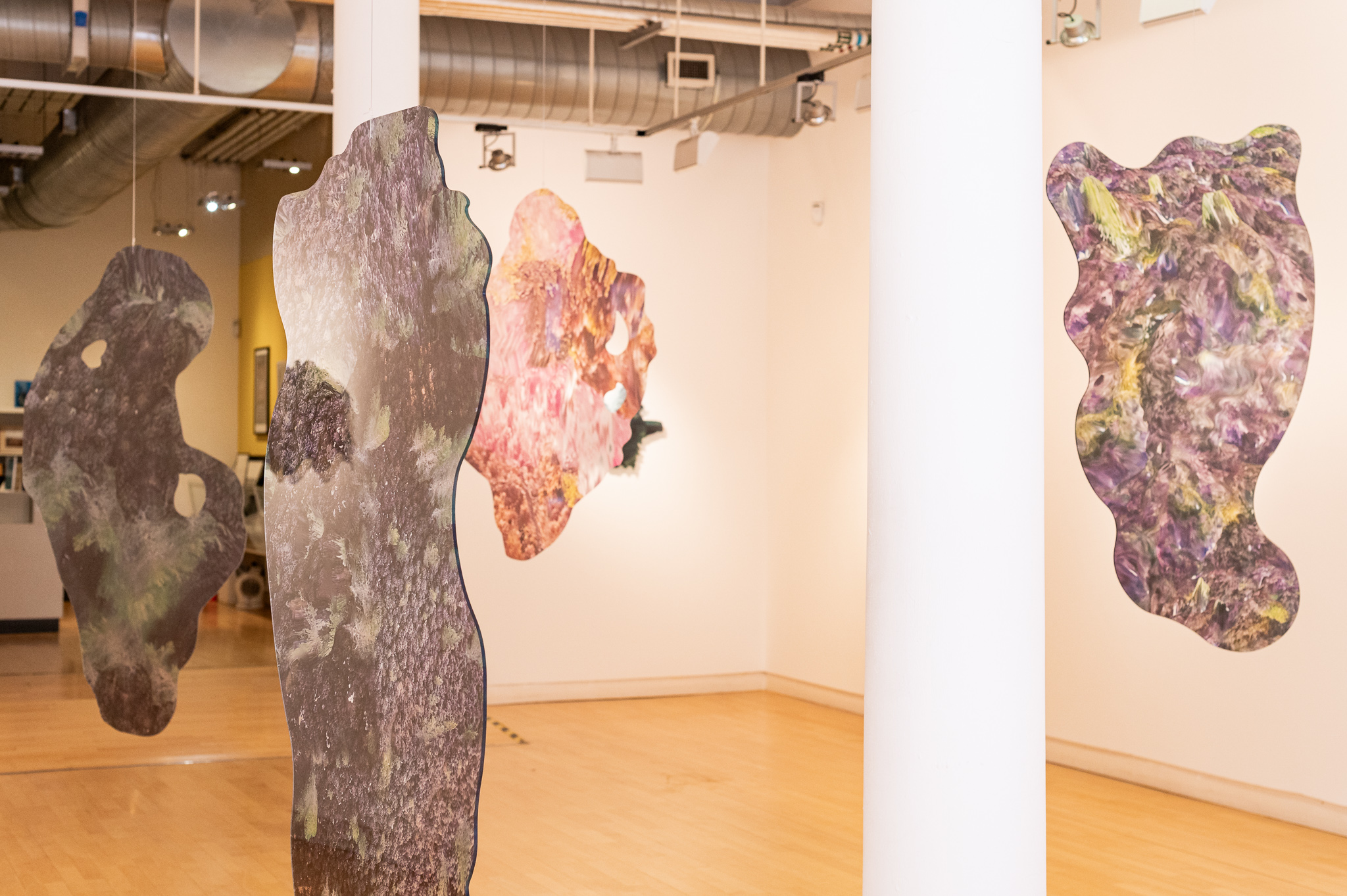
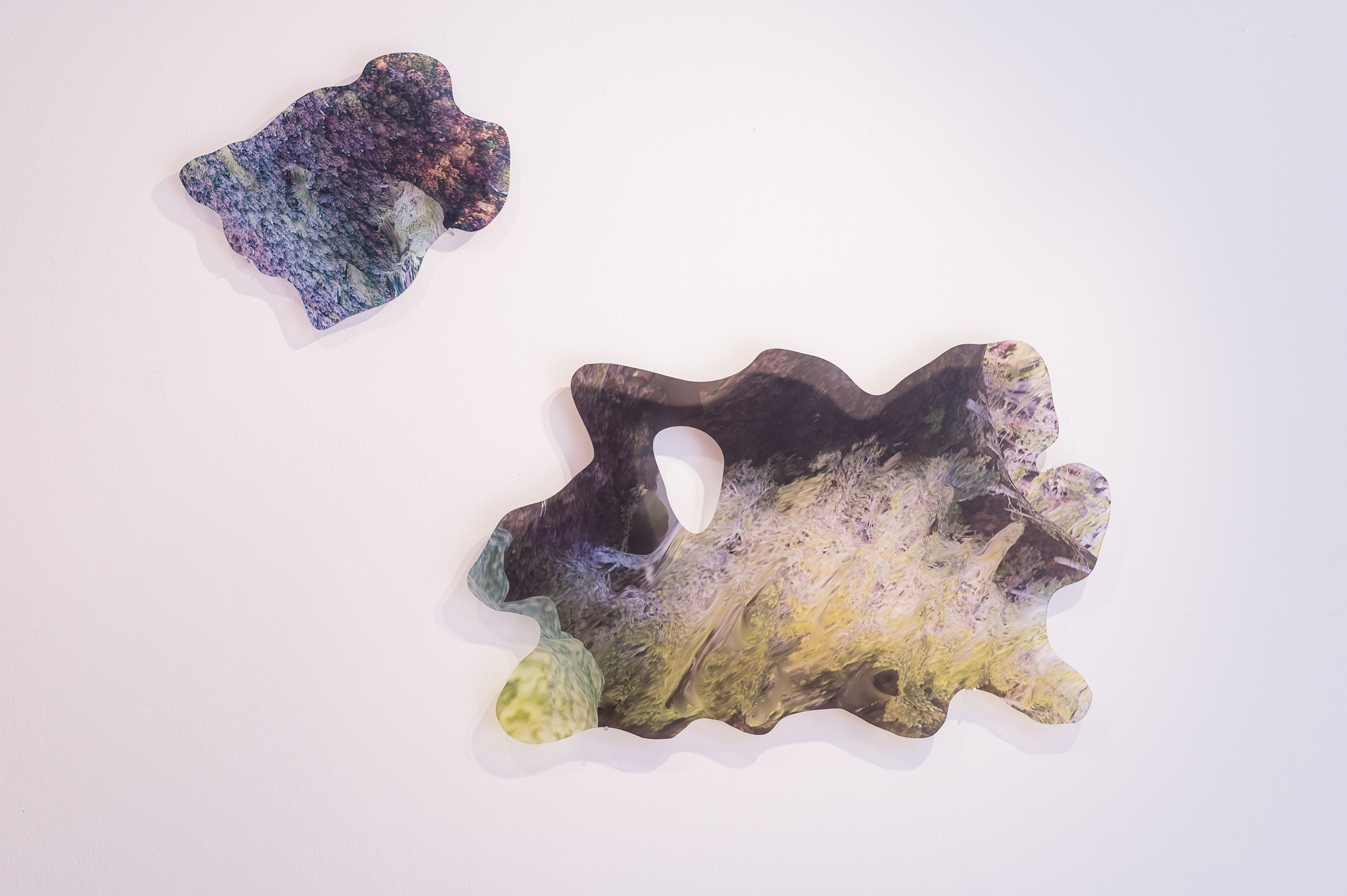


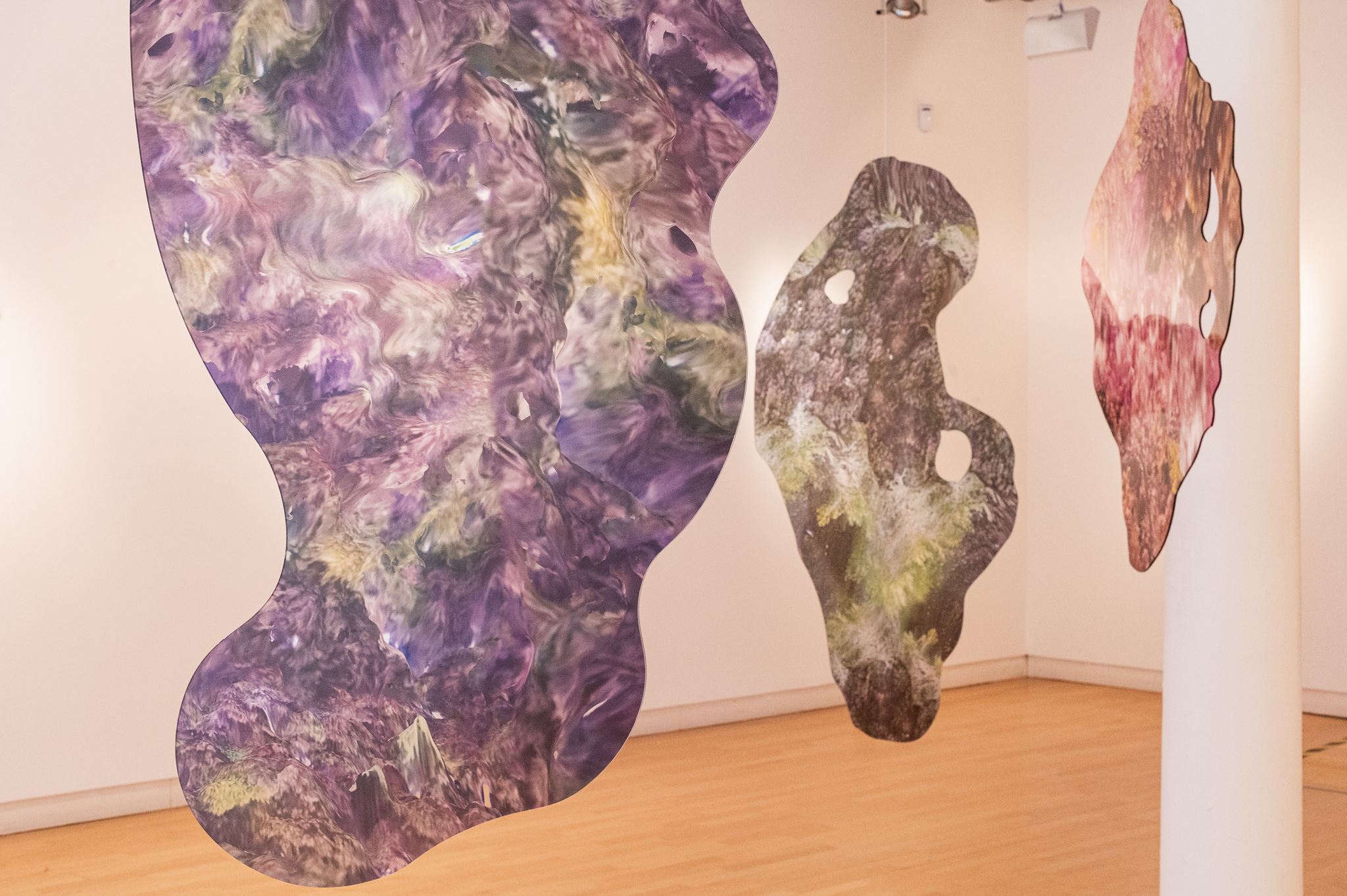
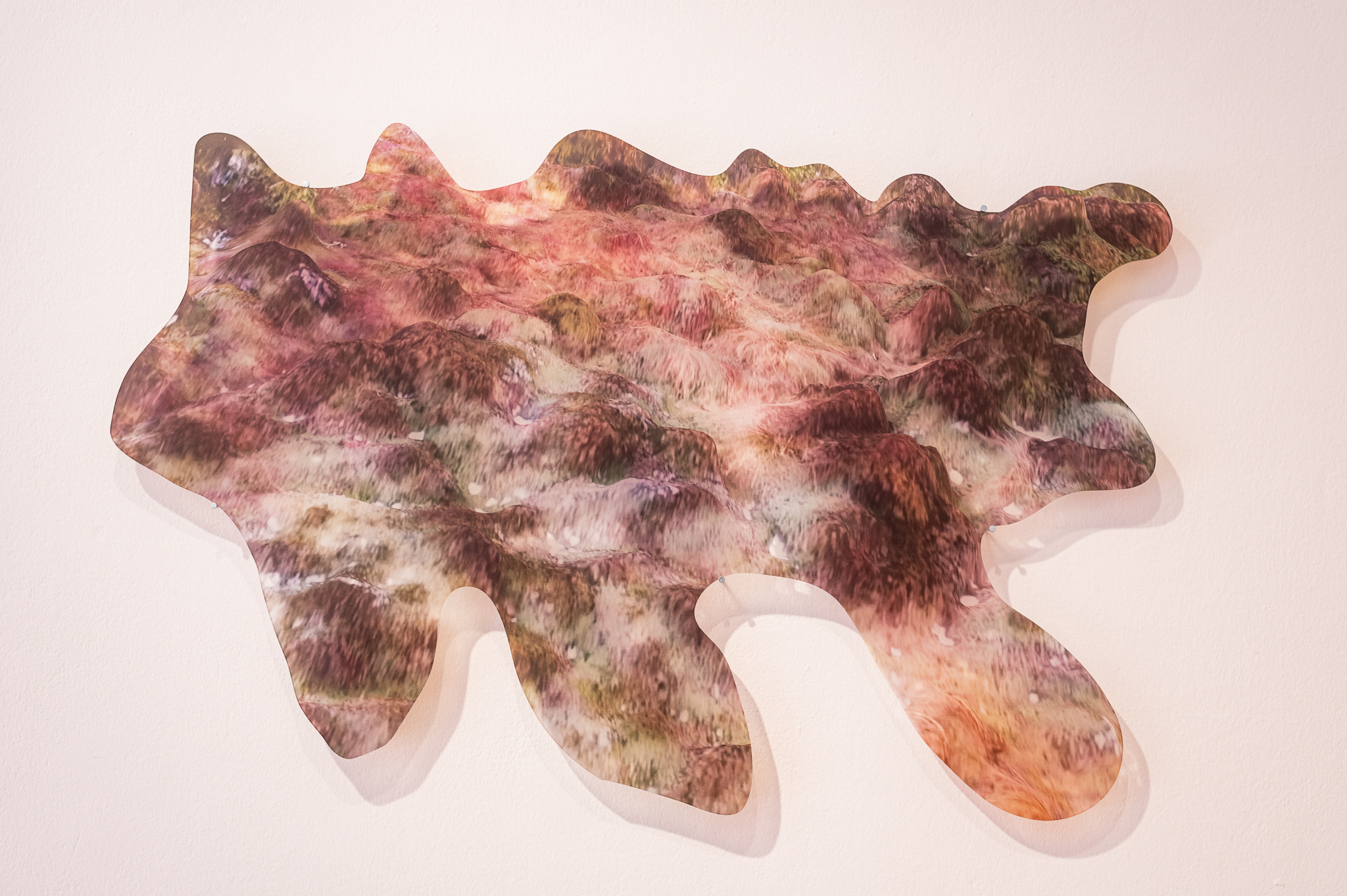
Forest Objects at Earth Gazes Back, Photonorth gallery, Oulu, Finland, 2024
Documentation pictures by Matteo Parrotto
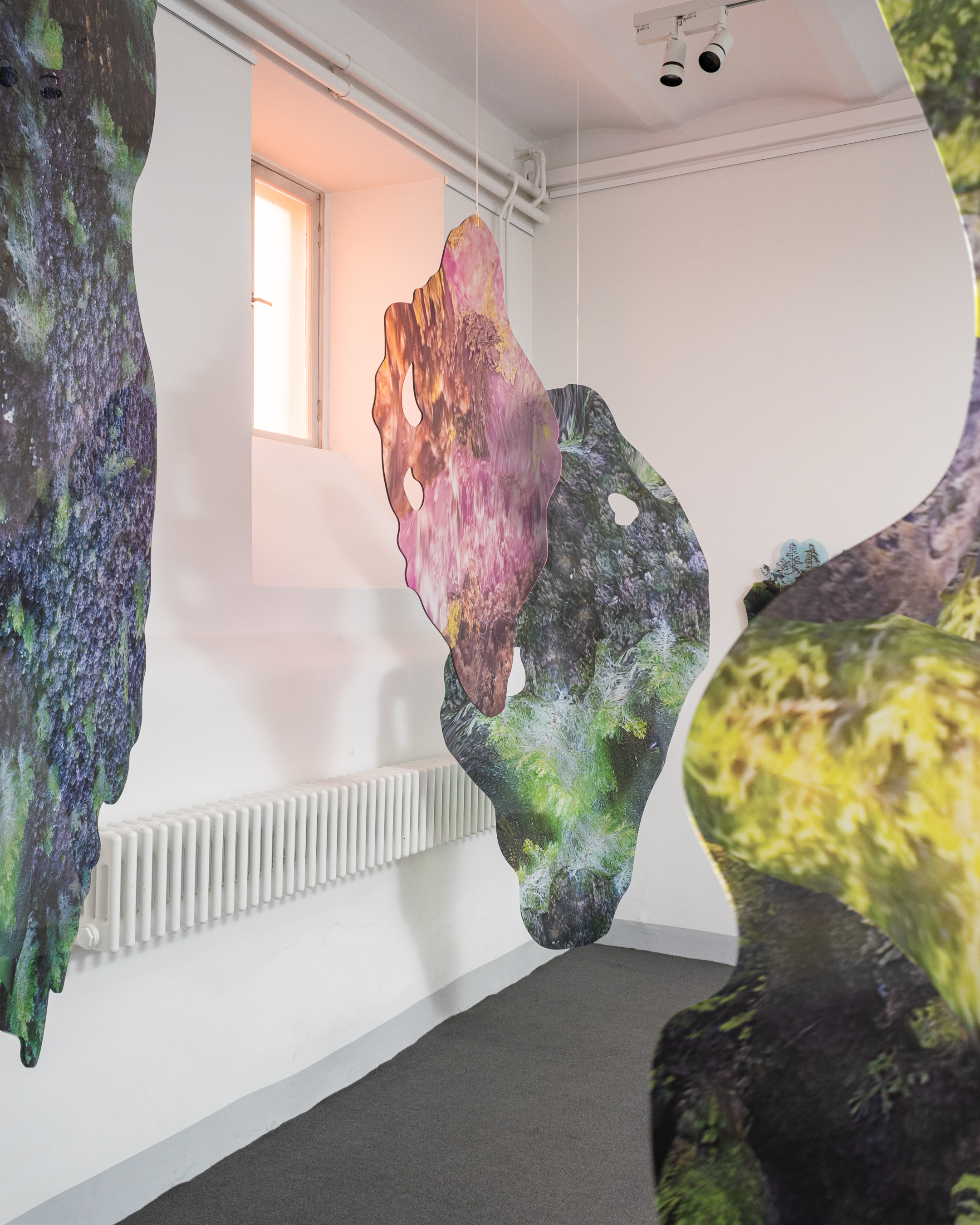
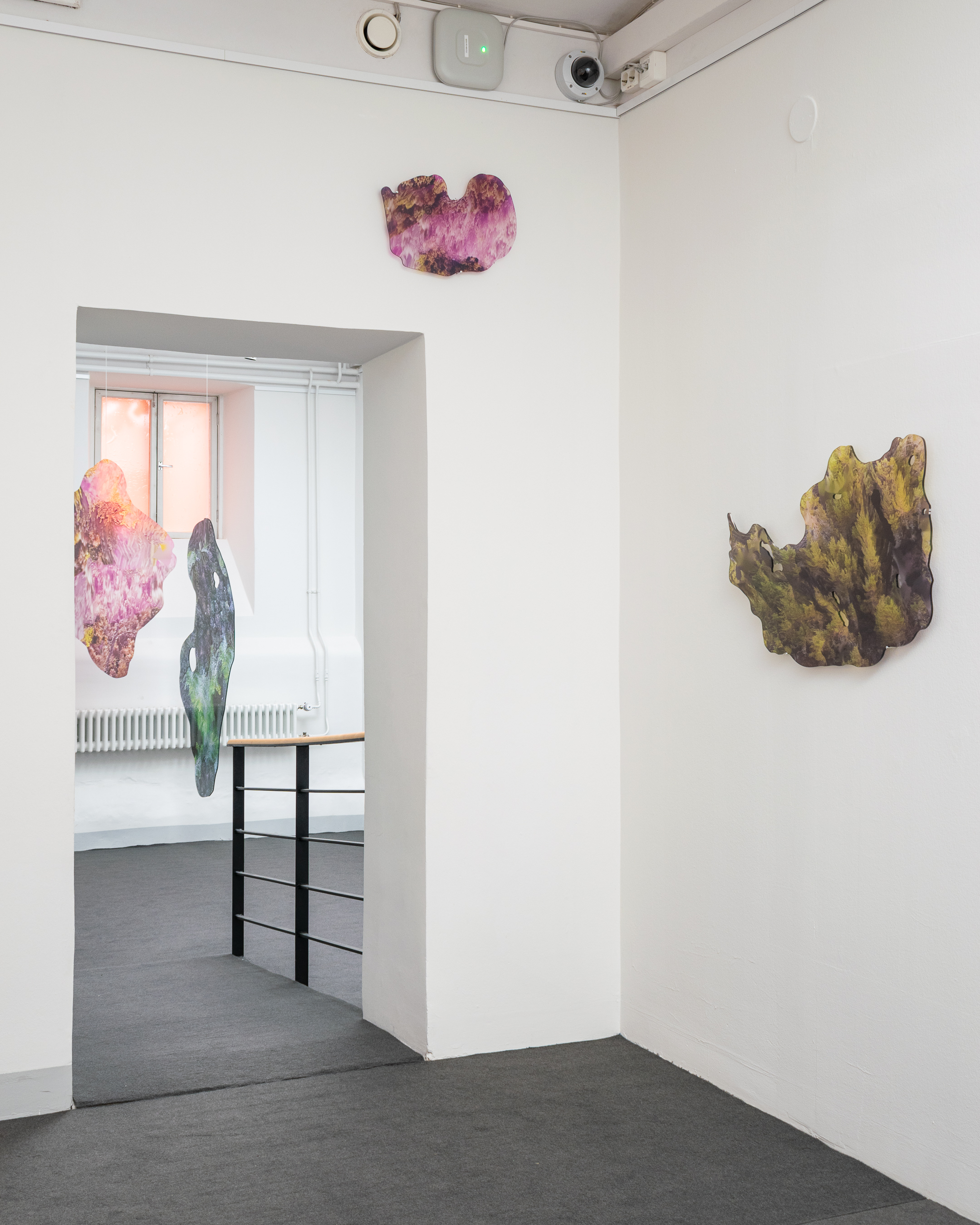
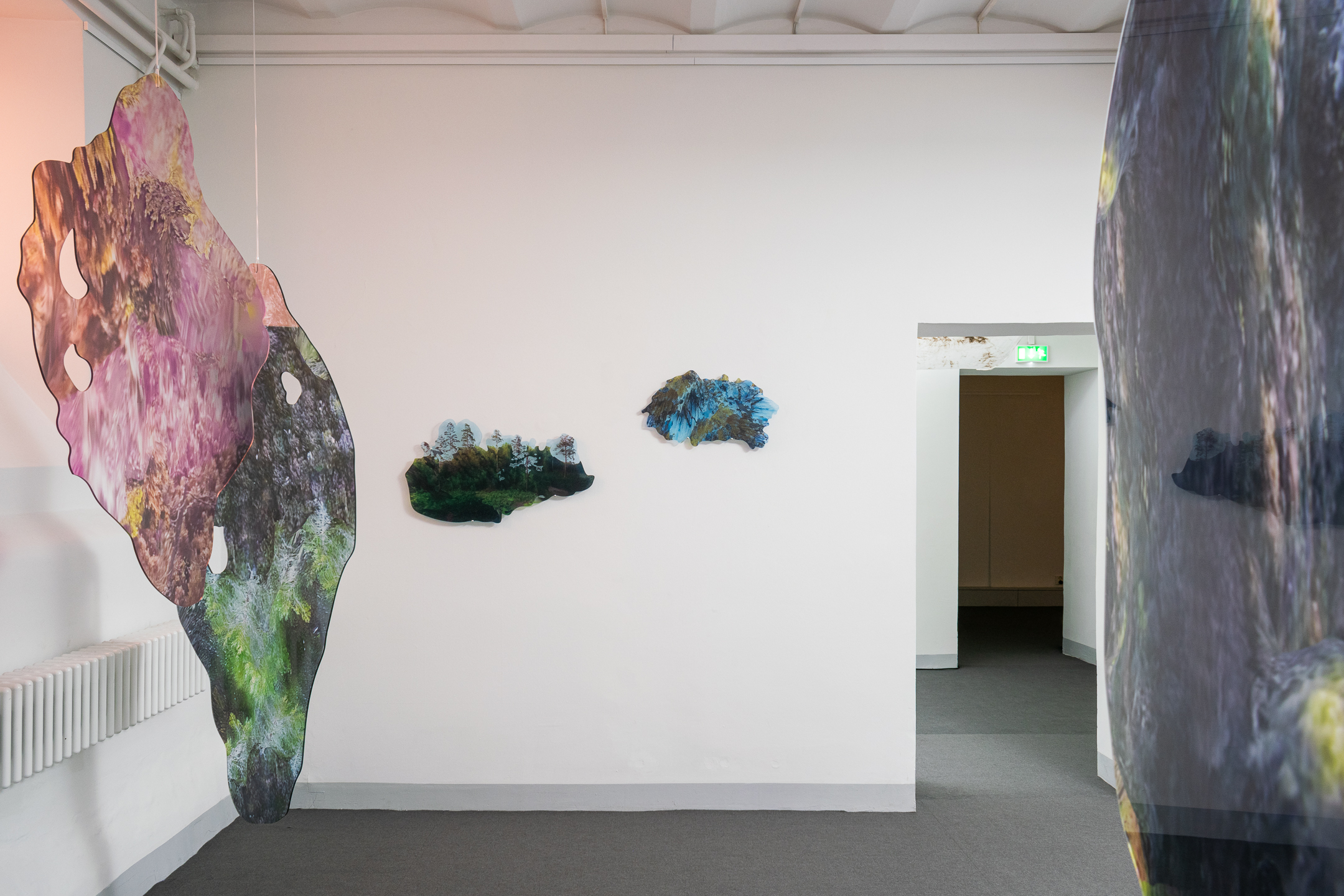

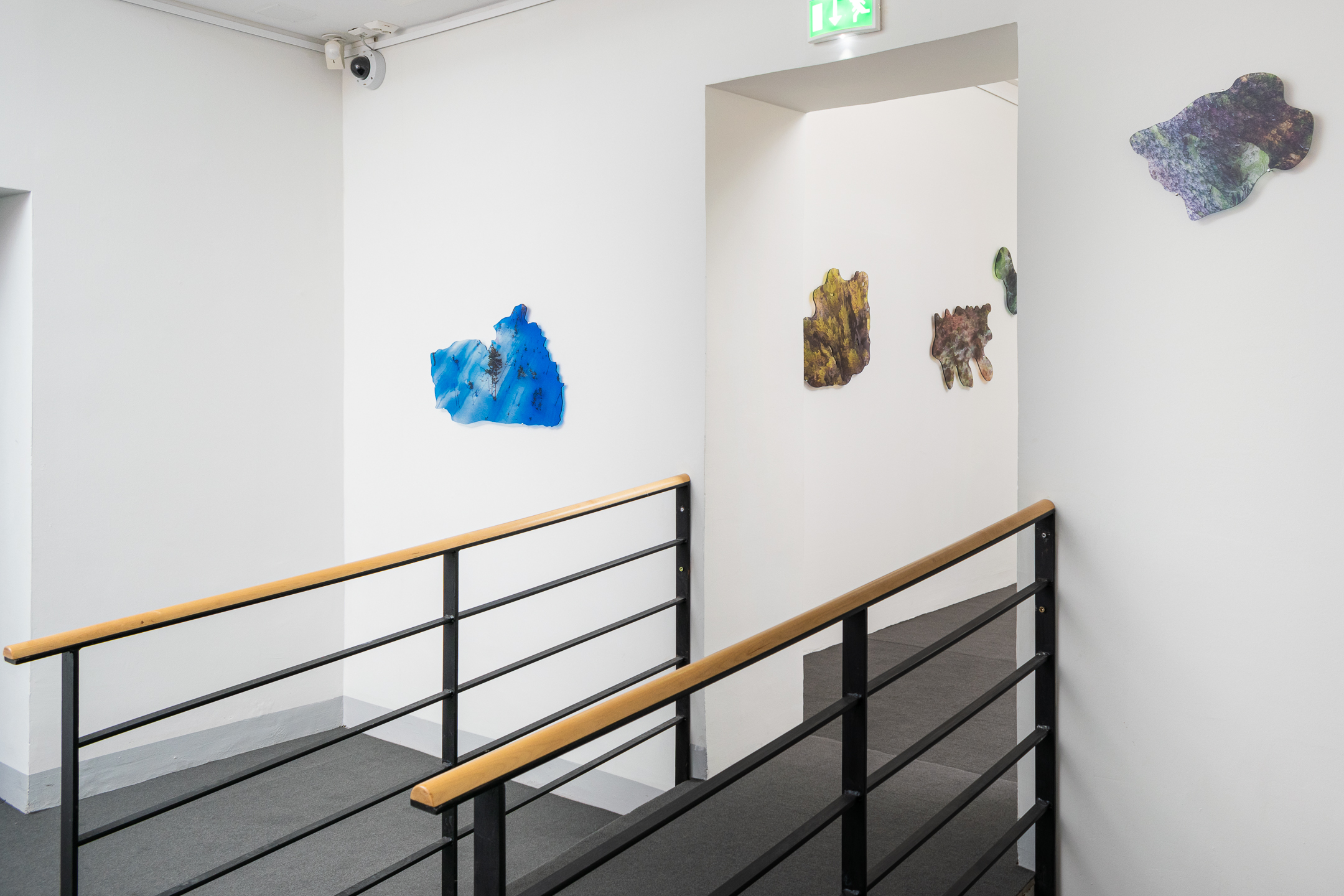
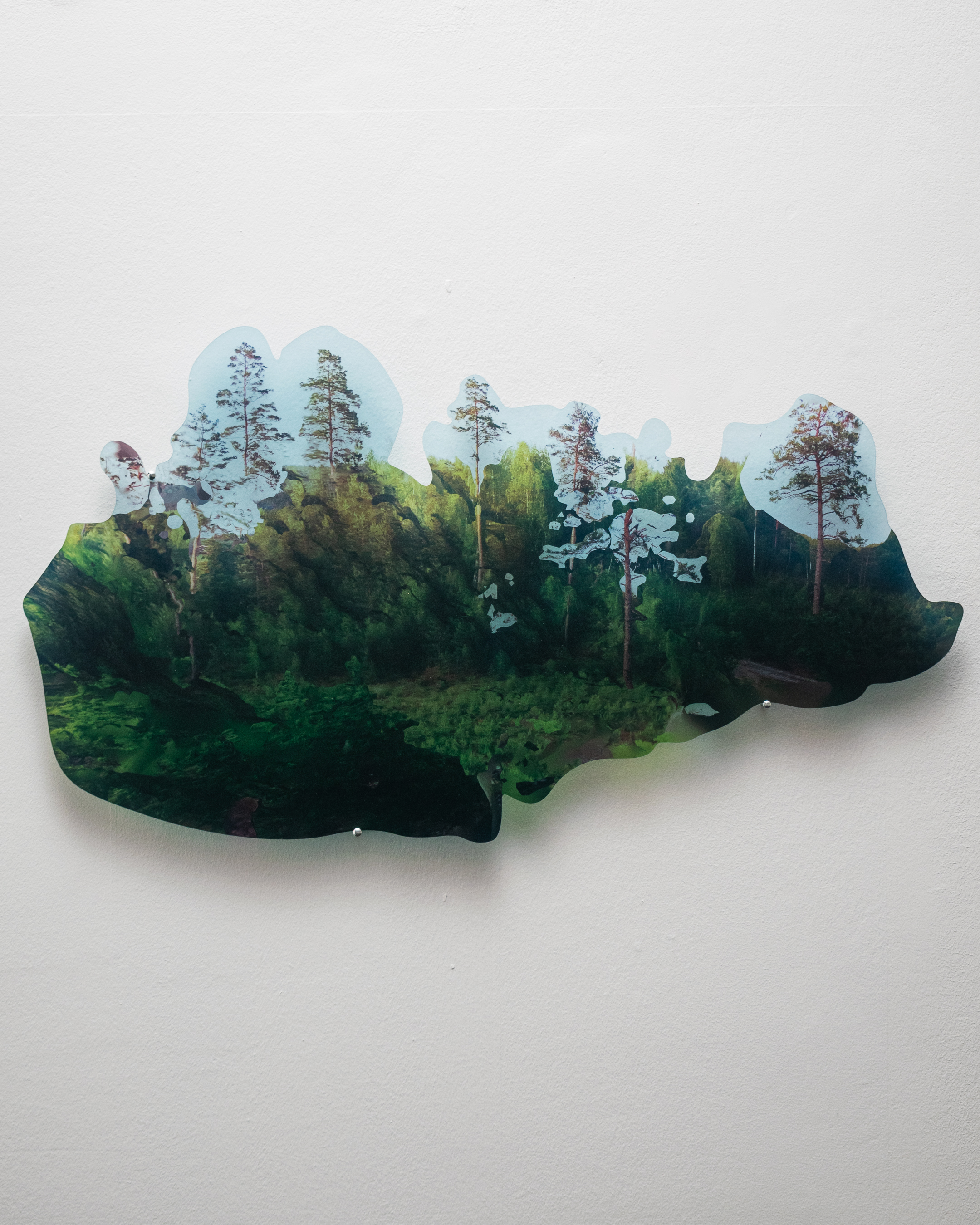
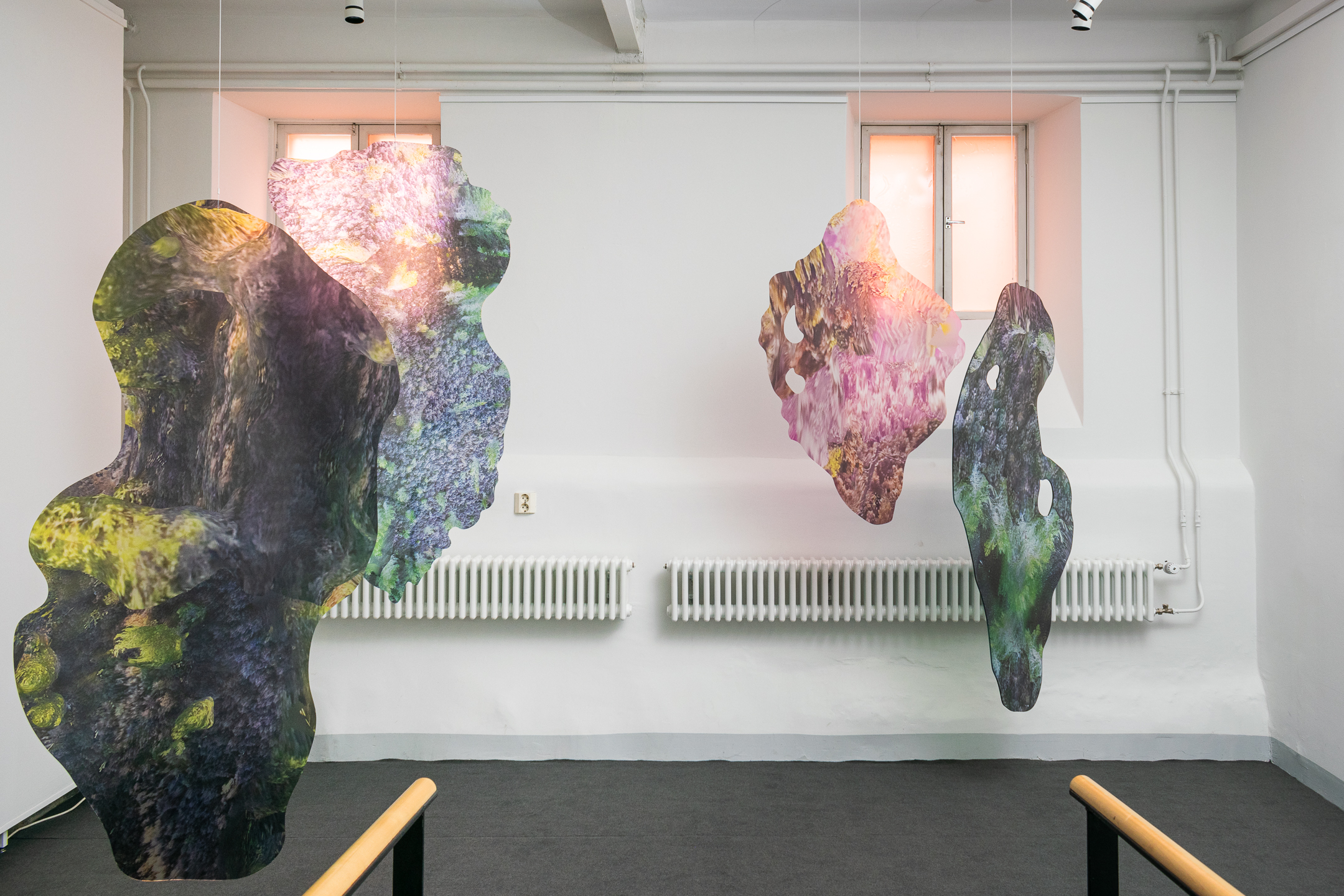
2020-2022
08/01/2022- 20/02/2022 Northern Photographic Centre, Oulu, Finland.
Arctic Swell is a body of work consisting of a moving image piece in 4 chapters: DYAD (chapter I), a simple melody atoms buzz like linden trees in July (chapter II), Temporary Organ (chapter III), Gentle Touch (chapter IV); still images and a publication, exploring intersections in between climate change, nurturing as resistance and perception of time. The work looks at the timelines of human gestation and irreversible human caused processes on the planet, using video, photography, temporary sculpture and text.
A short online presentation can be viewed here.
Acts of merging and dividing, symbiotic relationships and interconnectedness are revealed through events of varying scale: microscopic lens capturing mammary gland cells contract in response to injection of oxytocin; a digitally reconstructed Arctic forest is observed by an eye of a drone; scenes from sauna, foraging of wild berries and herbs, and other simple rituals of care are cut to the soundtrack of lullabies- simple calming melodies sung to soothe an infant, a planet, the singer themselves. The video work is accompanied by a publication featuring texts and still images that are exhibited as glowing images and prints on translucent fabrics. There are microscopic scans of Arctic Lichen, photographs of temporary sculptures made of seaweed jelly, snow formations and skin.
“Arctic Swell” development was started during the On the Edge residency in Oulu and Lapland, organised by Street Level Photoworks in collaboration with Northern Photographic Centre in 2020. The development and production of this work was supported by Creative Scotland, Hope Scott trust, Lithuanian Culture Council and British Council Scotland, City of Oulu, Arts Promotion Centre Finland and Kone Foundation.
With thanks to Kaija Kiuru and Timo Helle for hosting and for lichen; Stephen Mitchell at the University of Edinburgh for SEM scans of lichen; dr. Felicity Davis at Aarhus University for permission to use fascinating moving imagery of mammary gland cell contractions.
08/01/2022- 20/02/2022 Northern Photographic Centre, Oulu, Finland.
Arctic Swell is a body of work consisting of a moving image piece in 4 chapters: DYAD (chapter I), a simple melody atoms buzz like linden trees in July (chapter II), Temporary Organ (chapter III), Gentle Touch (chapter IV); still images and a publication, exploring intersections in between climate change, nurturing as resistance and perception of time. The work looks at the timelines of human gestation and irreversible human caused processes on the planet, using video, photography, temporary sculpture and text.
A short online presentation can be viewed here.
Acts of merging and dividing, symbiotic relationships and interconnectedness are revealed through events of varying scale: microscopic lens capturing mammary gland cells contract in response to injection of oxytocin; a digitally reconstructed Arctic forest is observed by an eye of a drone; scenes from sauna, foraging of wild berries and herbs, and other simple rituals of care are cut to the soundtrack of lullabies- simple calming melodies sung to soothe an infant, a planet, the singer themselves. The video work is accompanied by a publication featuring texts and still images that are exhibited as glowing images and prints on translucent fabrics. There are microscopic scans of Arctic Lichen, photographs of temporary sculptures made of seaweed jelly, snow formations and skin.
“Arctic Swell” development was started during the On the Edge residency in Oulu and Lapland, organised by Street Level Photoworks in collaboration with Northern Photographic Centre in 2020. The development and production of this work was supported by Creative Scotland, Hope Scott trust, Lithuanian Culture Council and British Council Scotland, City of Oulu, Arts Promotion Centre Finland and Kone Foundation.
With thanks to Kaija Kiuru and Timo Helle for hosting and for lichen; Stephen Mitchell at the University of Edinburgh for SEM scans of lichen; dr. Felicity Davis at Aarhus University for permission to use fascinating moving imagery of mammary gland cell contractions.

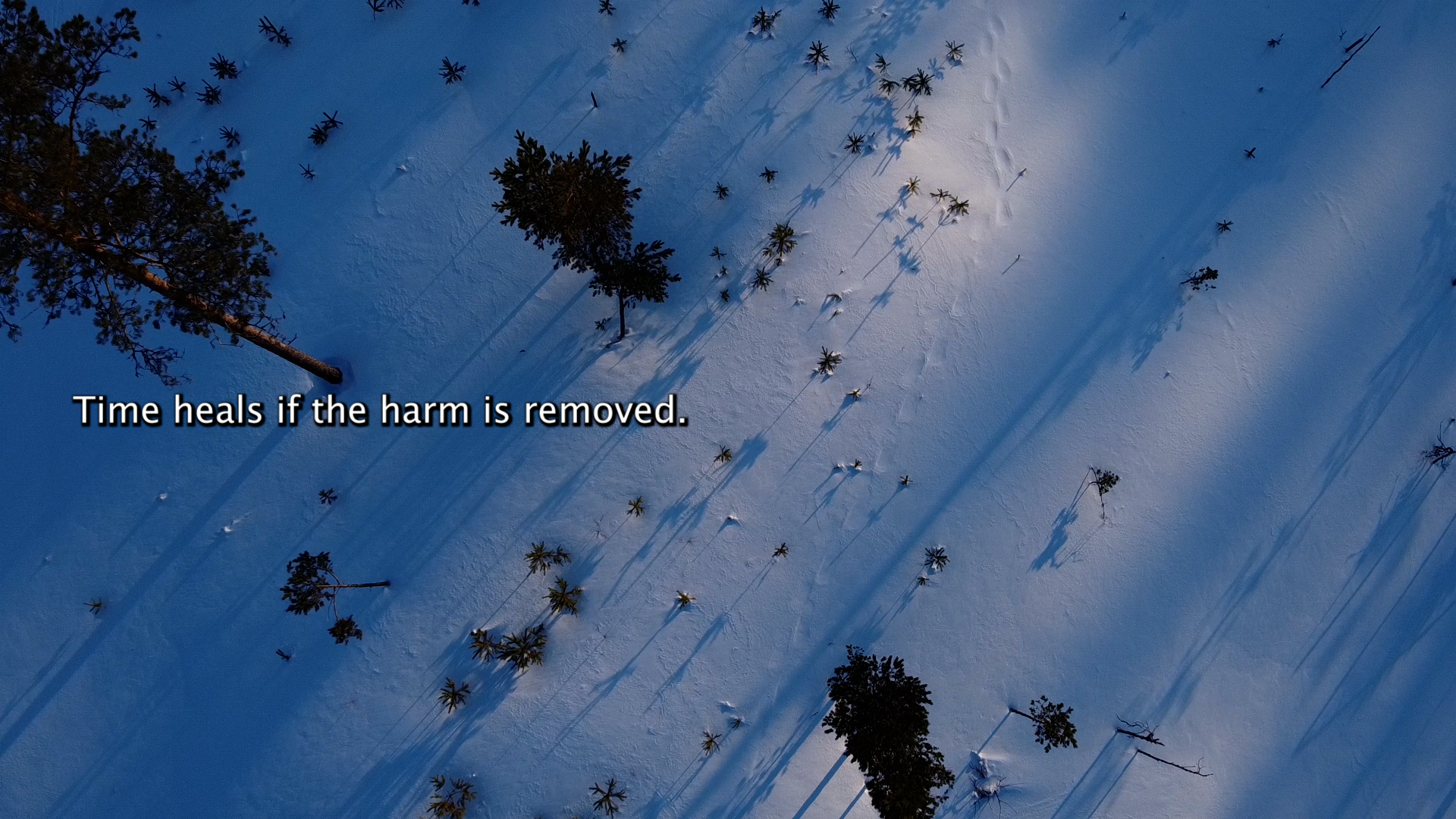




Arktinis Pilnėjimas - Arctic Swell
Solo show in Prospekto gallery, Vilnius, Lithuania 2023
UV prints on perspex, digital collage prints on organza and chiffon, electroluminiscent panels, photographic stands, clips, colour film, colour filters, publication, video work in 4 chapters (HD, sound) on two screens.
Exhibition review on artteritory.com
This exhibition was supported by Lithuanian Photographers Association, Lithuanian Culture Council, Creative Scotland, Northern Photograohic Centre, Street Level Photoworks, KONE foundation, Hope Scott Trust, British Council Scotland.
©Kotryna Ula Kiliulyte 2023 kotrynaula@gmail.com